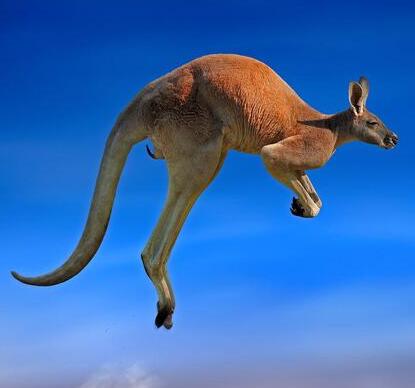
kangaroo
Kangaroo (English: kangaroo, ganguro) is a mammal belonging to the genus Mac···
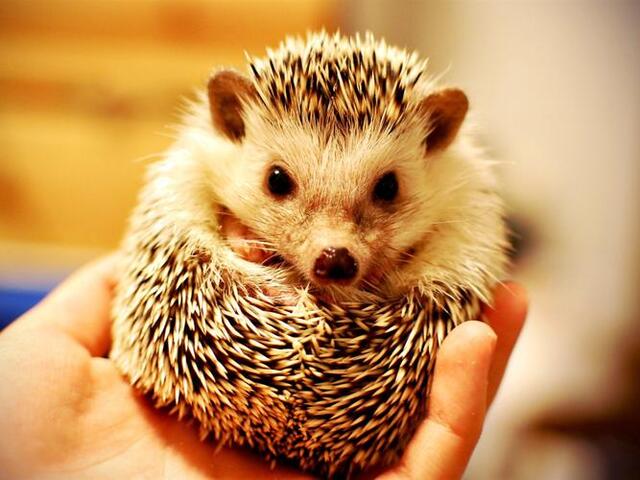
Erinaceus europaeus
rinaceus,Prickly pig, hedgehog, hedgeho
Hedgehog (scientific name: Erinaceus) is the common name for the Erinaceus s···
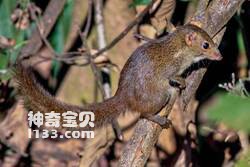
Tupaia belangeri
Tree shrew,Sino-Burmese tree shrew,northern tree shrew
The northern tree shrew (scientific name: Tupaia belangeri) is a tree shrew ···
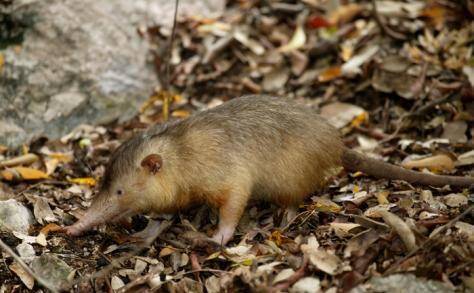
Solenodon marcanoi
Solenodon marcanoi
Solenodon marcanoi is a species of furrow toothed shrew. Nocturnal, living i···
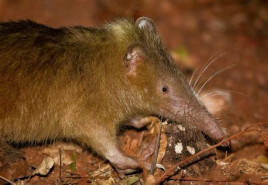
Solenodon paradoxus
Solenodon paradoxus
Solenodon paradoxus is a mammal that lives on the island of Hispaniola in th···
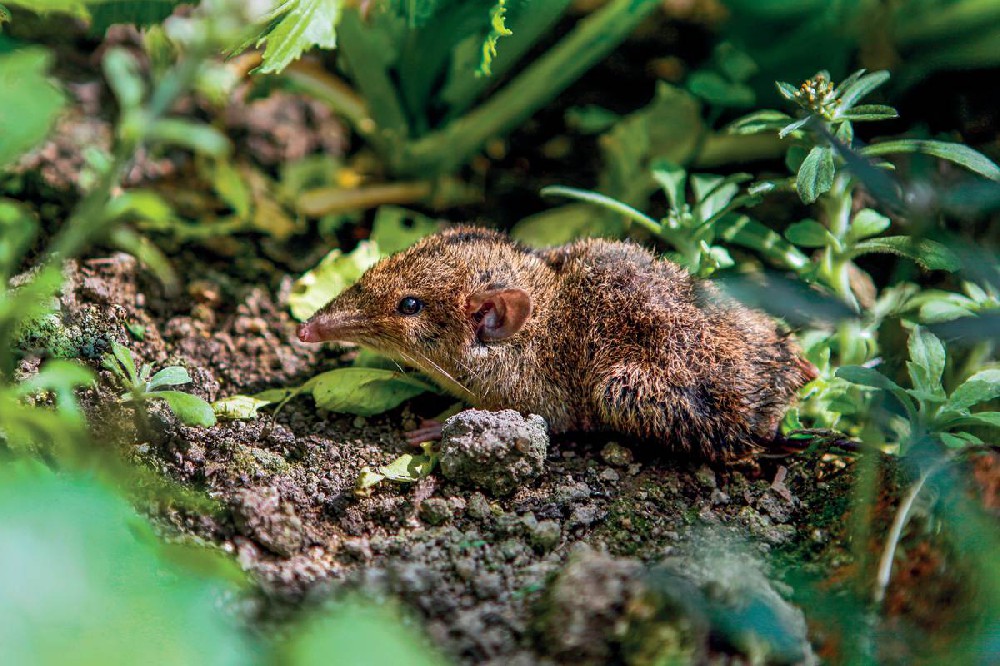
Neohylomys hainanensis
Hainan hedgehog
The Hainan New Hairy Hedgehog is similar in appearance to the hairy hedgehog···
